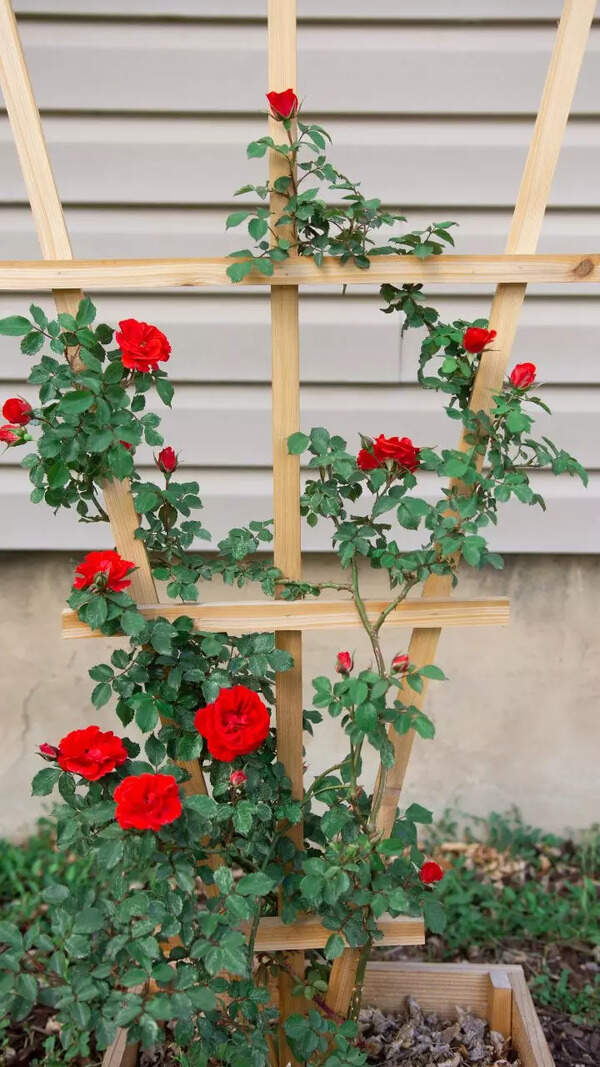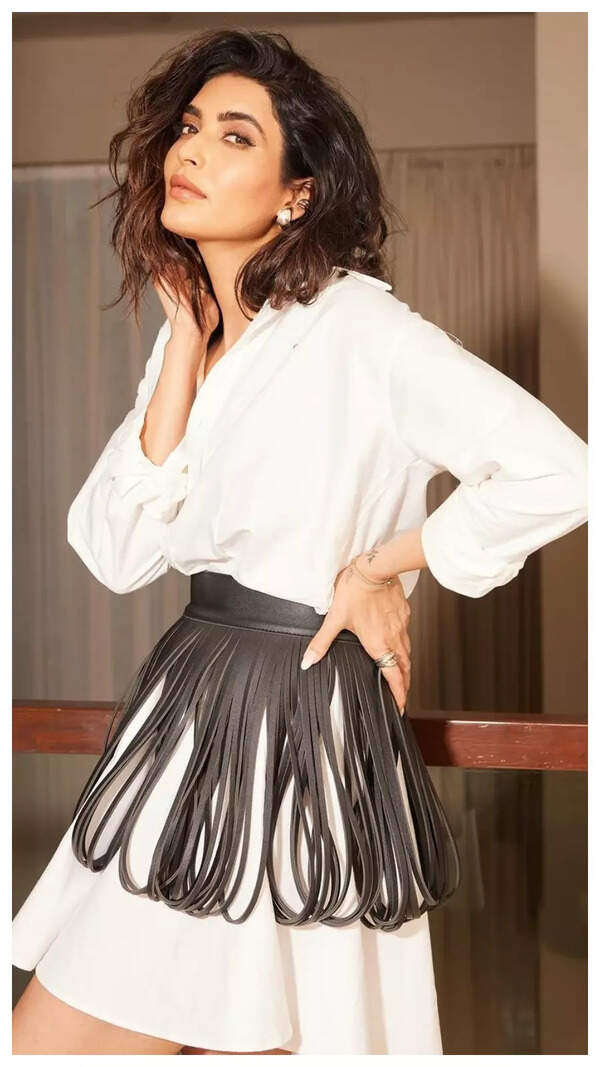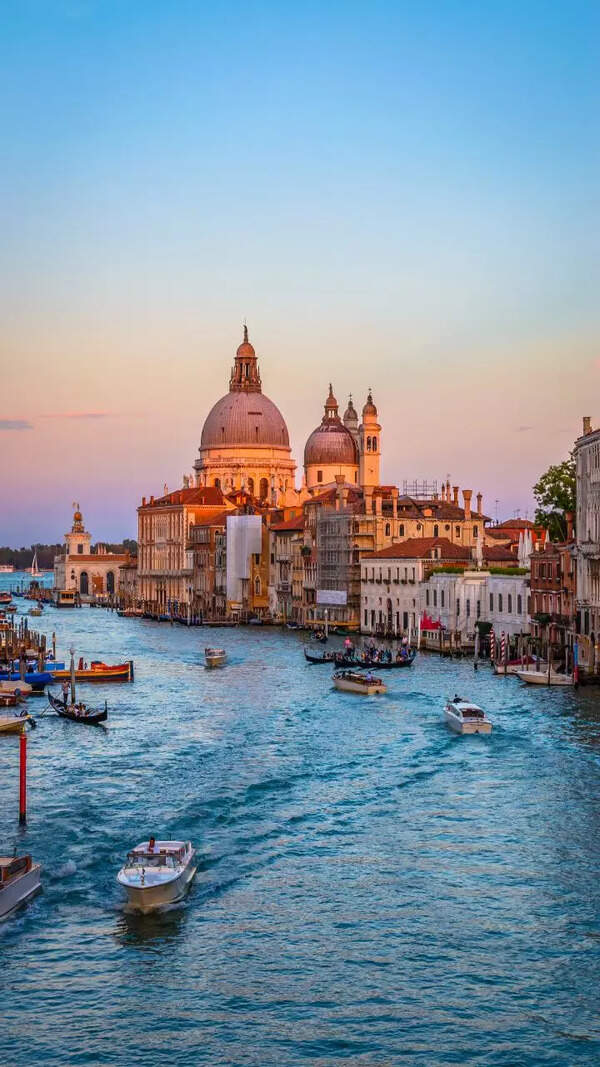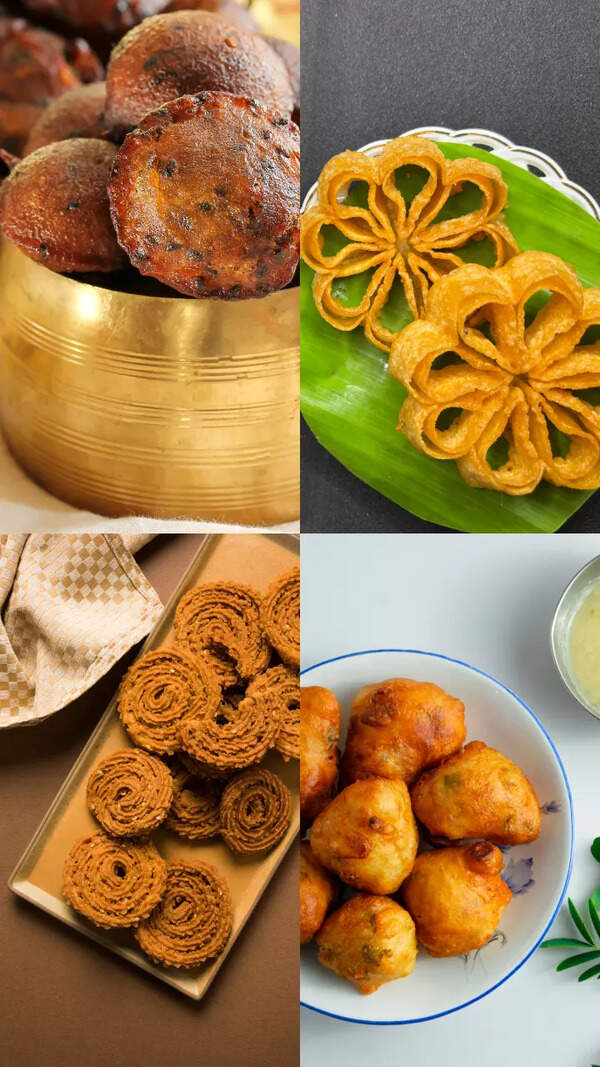- News
- lifestyle
- fashion
- style-guide
- 5 iconic Indian handlooms that flourished under the Mughal era
5 iconic Indian handlooms that flourished under the Mughal era
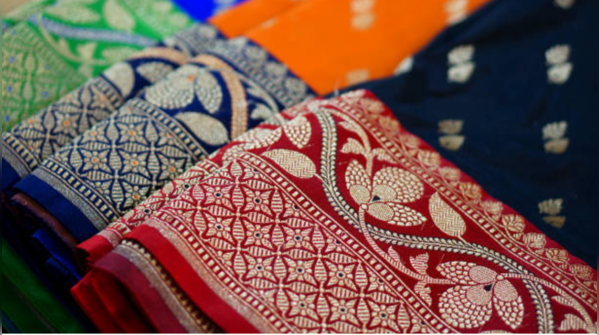
Mughals: Patrons of art and more
From Akbar to Shah Jahan, the legendary Mughal emperors left an everlasting impact on the history of India. Their diverse cultural influences introduced a rich array of arts and crafts, which also included the release of stunning handloom textiles that saw the light rise during the peak Mughal era. Only royals and high-profile nobles wore these intricately bound fabrics, giving a new meaning to luxury. The Mughal Empire's legacy lives on in the luxury textiles that are used worldwide. Let’s see five iconic handlooms that saw a rise during the Mughal era and are still a hit in the market today.

Banarasi brocade
During the 14th century, when India was under the rule of the Mughal Empire, weaving with gold and silver threads became immensely popular in Banaras. Playing with intricate designs made from fine woven silk and decorated with beautiful detail using jari made the rise of Banarasi brocade a moment of art that was cherished by kings, queens, and nobles. It soon became a statement of luxury because of its relatively heavy weight and stunning detailing; it saw its space in the upper households during the Mughal era.
(Image Credits: Pinterest)

Pashmina
In the 16th and 17th centuries, Mughal emperors Akbar and Shah Jahan significantly contributed to the rise of Pashminas and introduced them to the status of royal luxury. These Mughal emperors were patrons of art and culture, and they paid special attention to fine luxurious textiles. The beautiful work of art, through a delicate process of weaving and embroidery, became a royal symbol and was only worn by Mughal nobles and aristocrats. They also introduced the Buta pattern, which became an iconic addition to the weaving of Pashmina shawls and robes.
(Image Credits: Pinterest)

Chanderi
Chanderi, a small town in Madhya Pradesh, is the origin of this luxury fabric. Located in the Ashoknagar district and lying near the banks of the Betwa River, the town is known for its Chanderi silk fabric. Woven in the multi-weft technique, i.e., a mixture of silk and cotton, it saw its peak among the connoisseurs during the Mughal era. Fancied the queens mainly for their sheer beauty and soft transparency, many say that Emperor Akbar and Jehangir were left in awe of the quality and texture and thus preferred this handloom fabric for royal gifting.
(Image Credits: Pinterest)

Chintzes
Chintz, a type of printed or painted textile that primarily featured floral motifs inspired by nature and Islamic art, also saw its rise in the West and India during the Mughal era. Qalamkars, the artisans of this art, were known for their intricate designs that seemed to have come from heaven. Originating in Golconda (present-day Hyderabad) in the 16th century, it gained popularity in the 17th and 18th centuries under the Mughal reign. The regal designs were inspired by nature and also had Islamic art detailing, such as the Safavid art of Persia and Arabesques.
(Image Credits: Pinterest)

Jamdani
(Image Credits: Pinterest)



